Cartoning machines are an integral part of the packaging industry, used to automate the process of packaging products into cartons or boxes. They come in different sizes and types, depending on the requirements of the product being packaged, and can be found in a variety of industries, including food and beverage, pharmaceutical, and cosmetics. In this article, we will take a closer look at cartoning machines, including their types, functions, and applications.
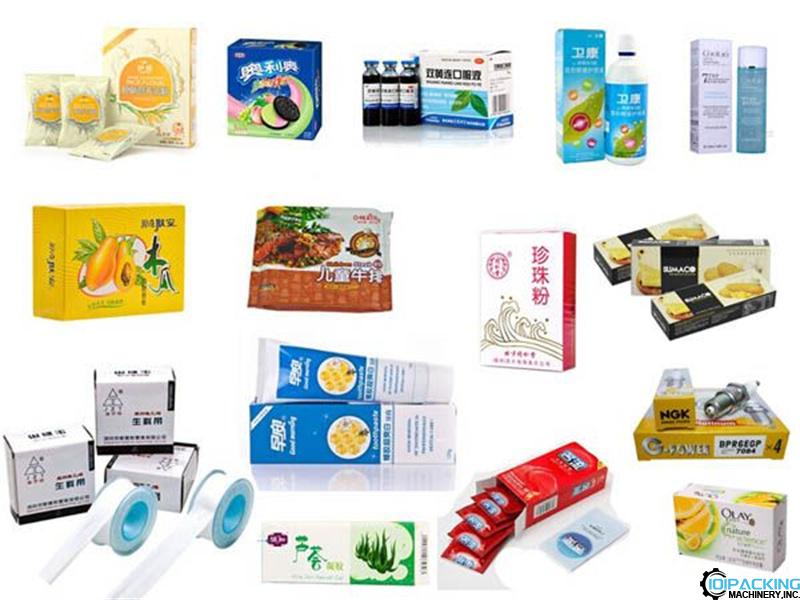
Types of Cartoning Machines
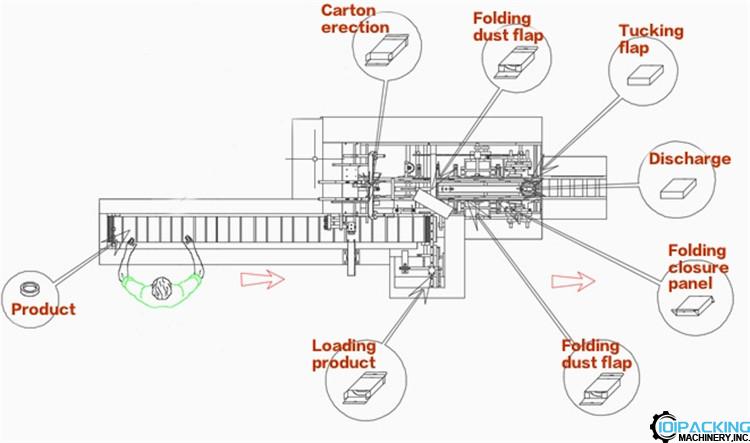
There are two main types of cartoning machines: horizontal and vertical.
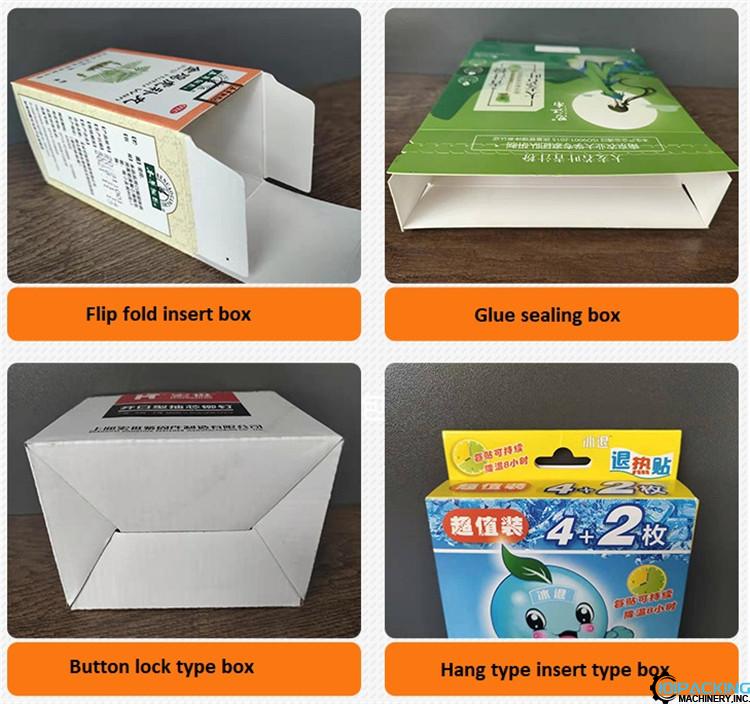
1.Horizontal cartoning machines are used to package products that are flat or have a low height-to-width ratio. They are ideal for products like cereal boxes, chocolate bars, and frozen food products. These machines typically have a product loading area where the products are loaded into the carton. The carton is then closed by the machine.
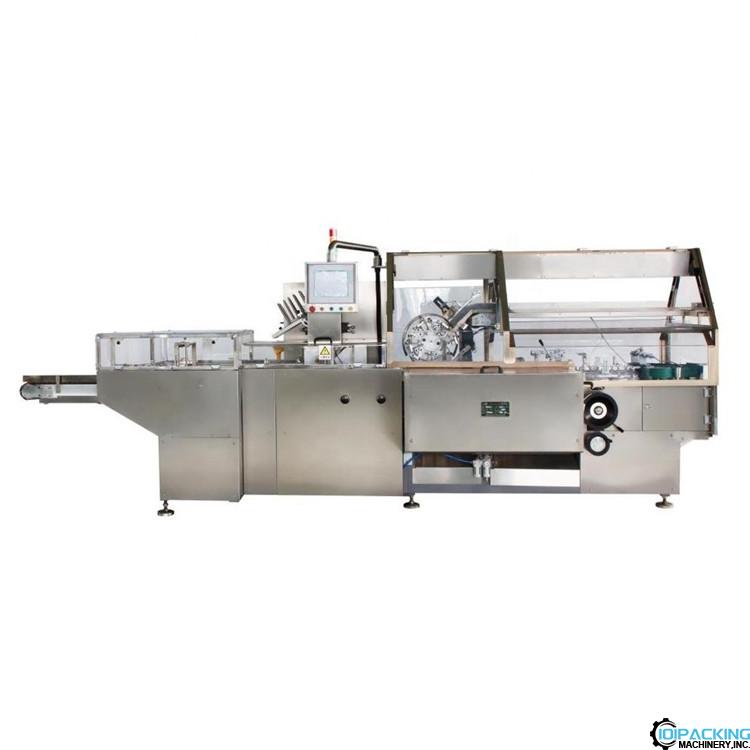
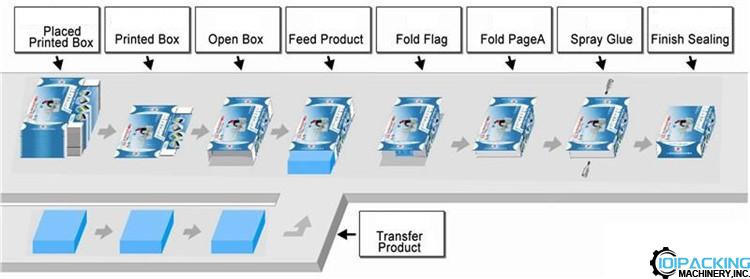
2.Vertical cartoning machines are used to package products that are taller than they are wide. They are suitable for products like bottles, tubes, and vials. These machines typically have a product loading area where the products are loaded into the carton. The carton is then closed by the machine.
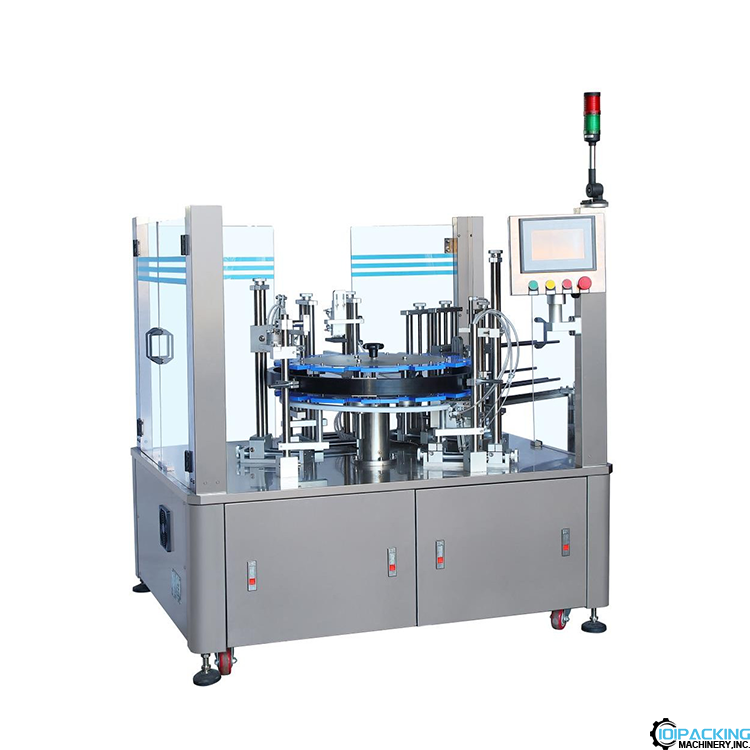
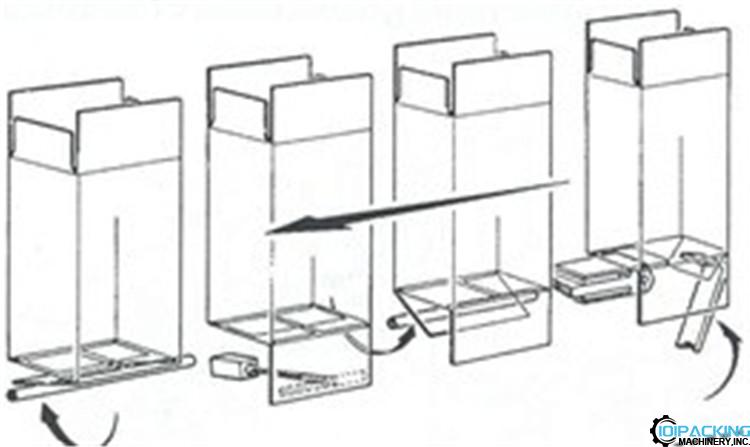
Cartoning machines can also be classified into three types based on the type of carton they can handle:
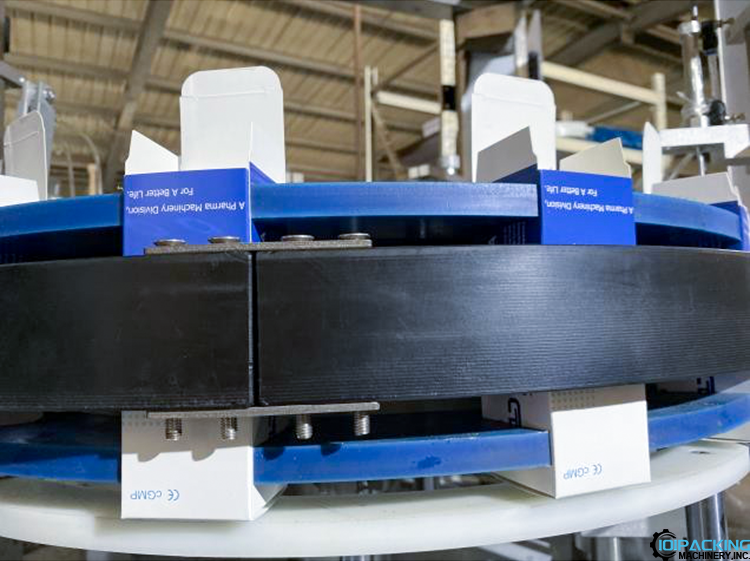
1.End-load cartoning machines: These machines are used to package products that are loaded into the carton from the end. They are suitable for products like blister packs and bottles.
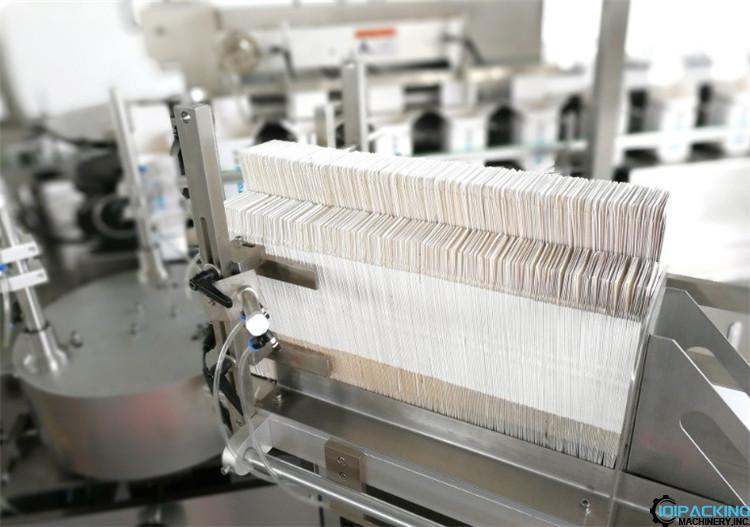
2.Side-load cartoning machines: These machines are used to package products that are loaded into the carton from the side. They are suitable for products like pouches and sachets.
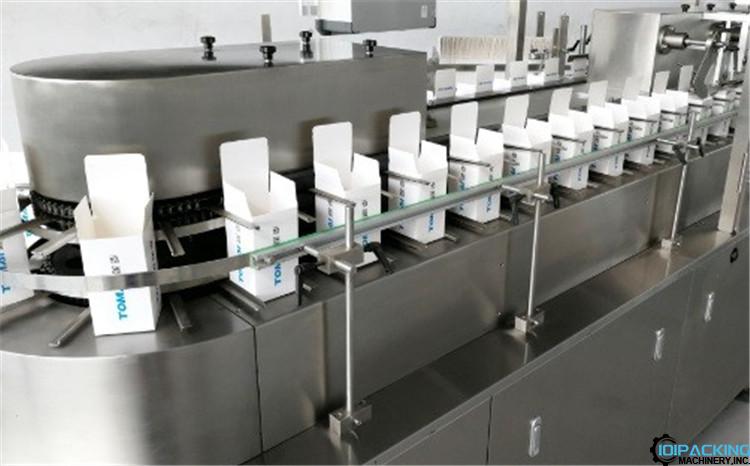
3.Wrap-around cartoning machines: These machines are used to package products that are wrapped around with a carton. They are suitable for products like bottles and cans.
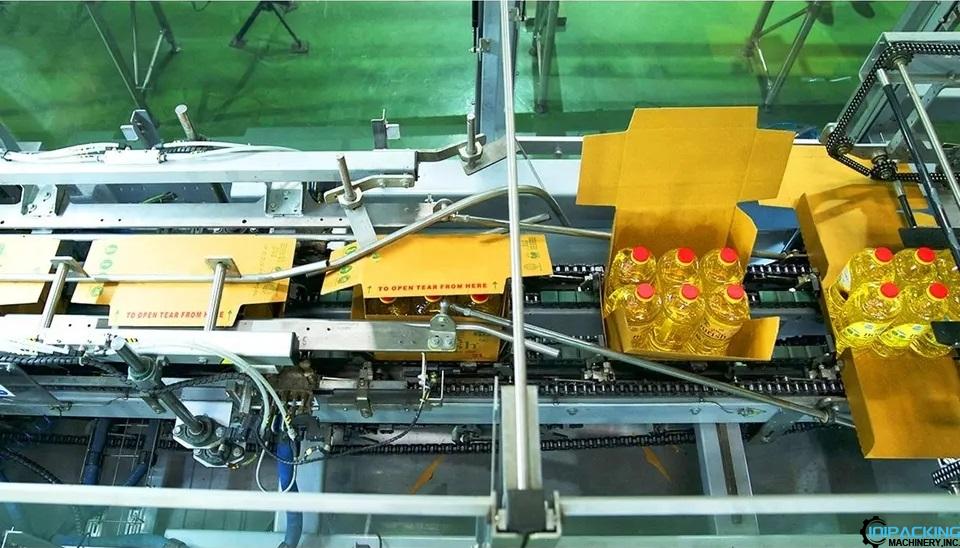
Cartoning machines can be further classified into two types based on the way they seal the carton:
1.Glue cartoning machines: These machines seal the carton with glue. They are suitable for products that require a strong seal, like glass bottles and jars.
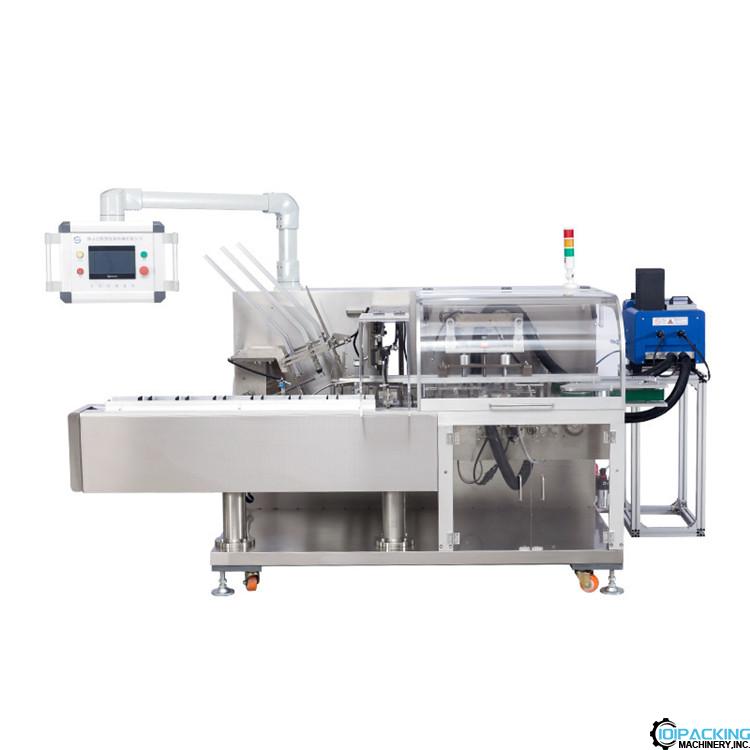
2.Tuck cartoning machines: These machines seal the carton with tuck flaps. They are suitable for products that require a less strong seal, like plastic bottles and pouches.
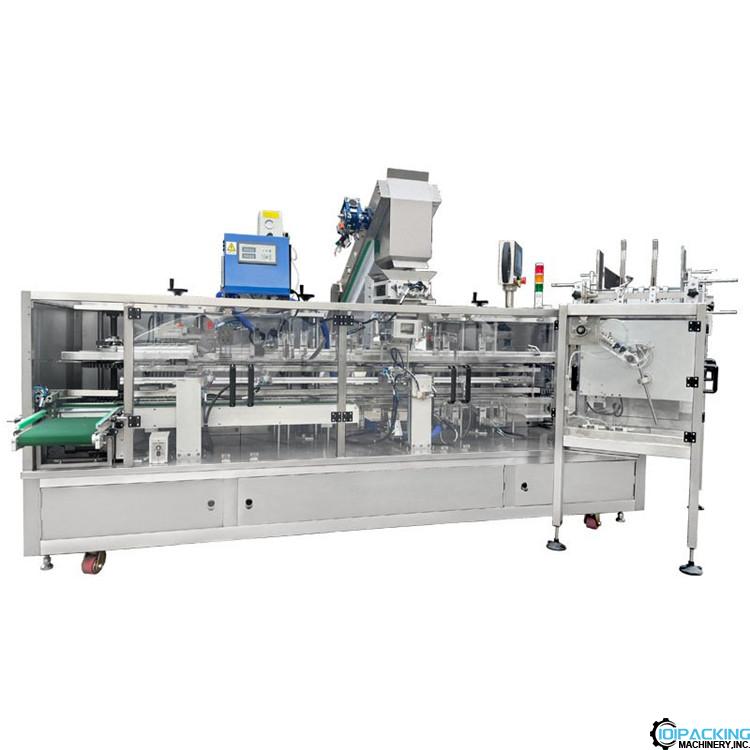
Functions of Cartoning Machines
The primary function of a cartoning machine is to form, fill, and seal cartons or boxes. Depending on the type of machine, the products can be loaded into the carton from the end, side, or wrap-around. Once the products are loaded into the carton, the carton is closed by the machine using either glue or tuck flaps.
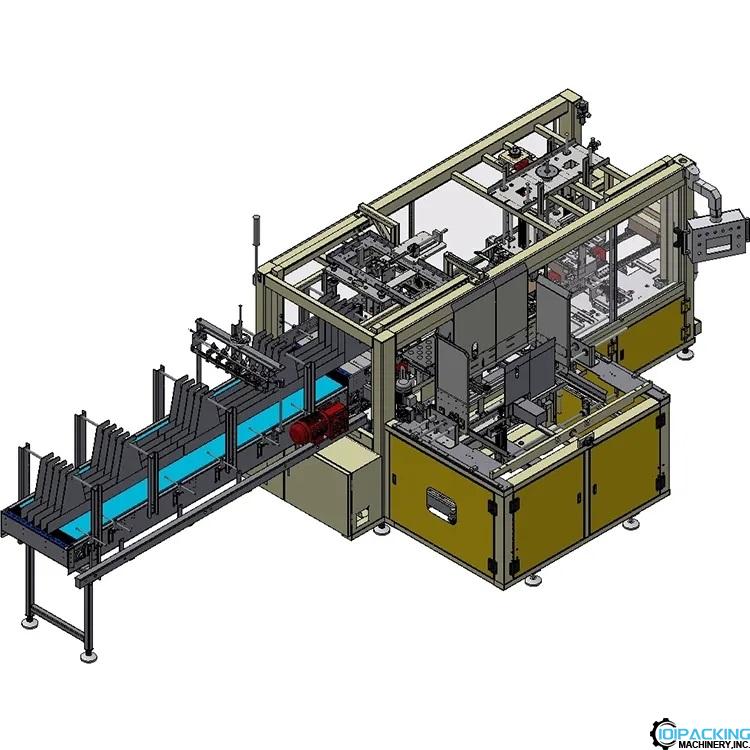
Applications of Cartoning Machines
Cartoning machines have a wide range of applications in various industries. Some of the industries where cartoning machines are commonly used include:
1.Food and Beverage: Cartoning machines are used to package food and beverage products such as cereal boxes, juice boxes, and cans of soda.
2.Pharmaceutical: Cartoning machines are used to package pharmaceutical products such as blister packs, vials, and syringes.
3.Cosmetics: Cartoning machines are used to package cosmetic products such as tubes of toothpaste, lipstick, and mascara.
When selecting a cartoning machine, it is essential to consider the type of product being packaged, the type of carton, and the seal type required.
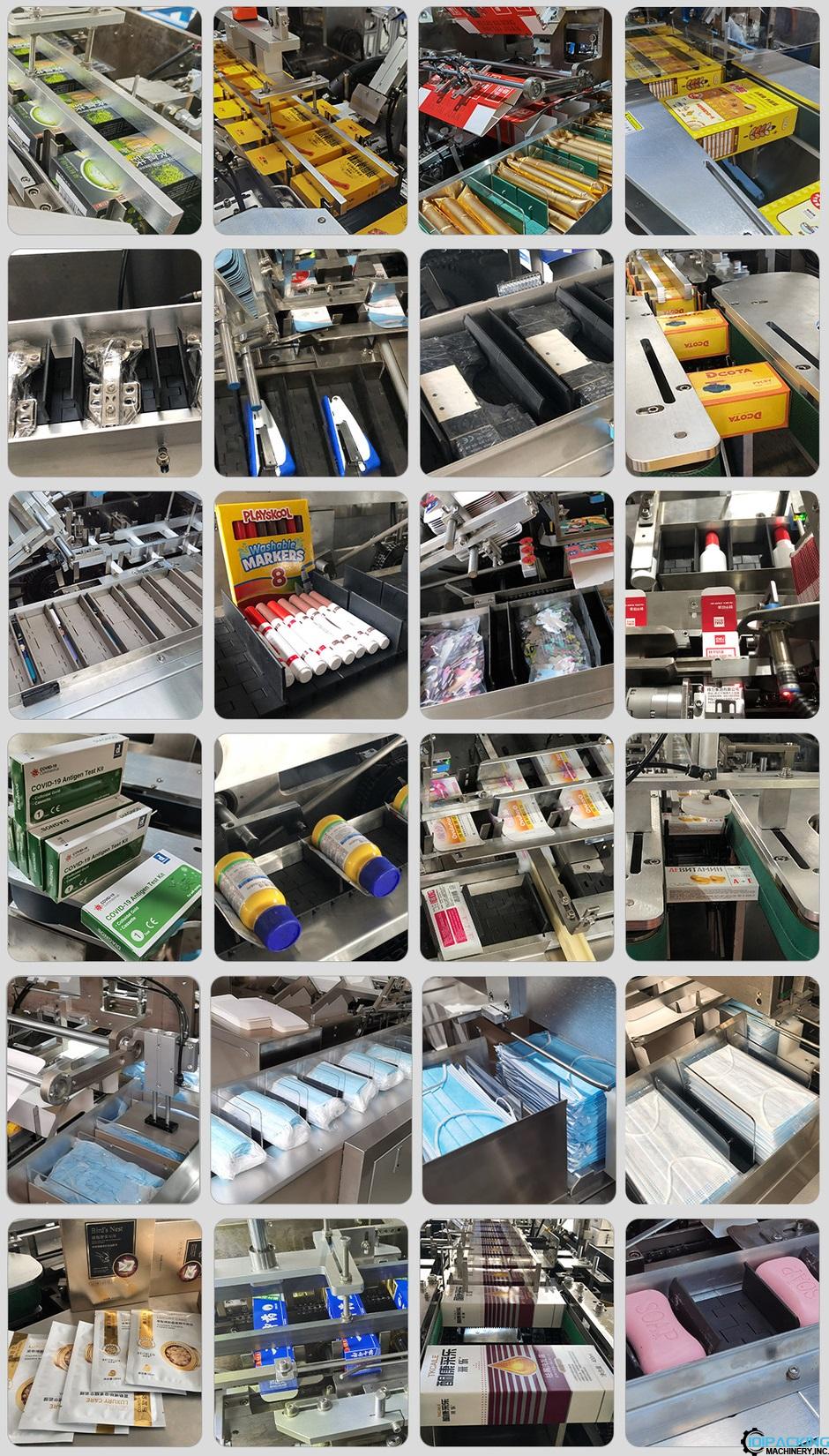
In conclusion, cartoning machines are an essential part of the packaging industry, used to automate the process of packaging products into cartons or boxes. They come in different types and have different functions, depending on the product being packaged. Cartoning machines have a wide range of applications in various industries and play a crucial role in ensuring that products are packaged efficiently and effectively.
Contact: 101Packing
Phone: +86 198 7511 8892
E-mail: info@101packing.com
Add: 5th Floor, Outside Building, Shangxue Tech Park, Jihua Road, Longgang District, Shenzhen,Guangdong,China